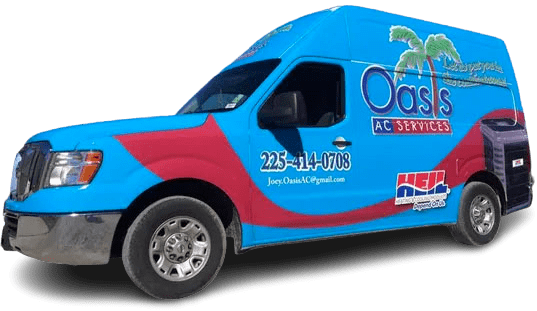
Understanding Your Furnace Needs
Winter brings more than just holiday cheer. It also brings tough decisions about furnace repair or replacement options. Your comfort during cold months depends on a working heating system, and the choices you make can affect both your comfort and your wallet.
A furnace keeps your home warm through winter’s harshest days. Most homeowners face repair choices when their heating system shows problems. The typical cost of a new unit starts at $2,000. Smart planning helps avoid emergency decisions during cold weather.
Regular maintenance extends your system’s life. However, all units eventually need major work. Knowing when to repair or replace them can save you money in the long term.
Here are eight key questions to help you decide about furnace repair or replace options.
Age and Efficiency Factors
The average furnace works well for 15-20 years. Regular maintenance helps units last longer. Parts, usage, and proper care affect its lifespan. Repairs make sense for units under 15 years old.
Watch your repair history closely. Frequent fixes in two years suggest replacement needs. Old parts become harder to find. This can lead to longer repair times.
Modern units offer better efficiency ratings. They use less energy to heat the same space. New technology means better temperature control throughout your home.
Cost and Comfort Considerations
Check your heating bills for sudden increases. Higher costs often mean your furnace loses efficiency. Compare monthly bills to spot concerning trends.
Energy costs add up quickly with inefficient systems. New units can cut heating bills by 30%. Consider these savings when making your choice.
Common comfort issues include:
- Uneven heating throughout rooms
- Constant system cycling
- Poor air quality
- More dust in the home
- Static electricity problems
- Plant health issues
- Furniture damage
- Musical instrument tuning problems
Warning Signs for Furnace Repair or Replace Decisions
Safety and Performance Indicators
Listen for unusual sounds from your heating system. Normal startup noises differ from ongoing problems. Hammond Oasis AC Service can evaluate concerning sounds.
Strange noises, such as banging, popping, or squealing, often signal internal issues. They need quick attention, and a professional inspection can reveal the problem’s source.
Watch for these carbon monoxide warning signs:
- Yellow furnace flames
- Soot around the unit
- Poor chimney draft
- Moisture on cold surfaces
- Rust on pipes
- Water leaks near vents
- Health symptoms like headaches
Making the Final Choice
Consider your future plans. A new furnace adds value to home sales, so inspect your current system before winter hits.
Consider local climate needs. Harsh winters demand reliable heating systems, while mild areas might allow more repair flexibility.
Real estate value matters too. New systems attract buyers. Old units might need replacement before selling.
Professional Guidance for Your Decision
Hammond Oasis AC experts suggest repairs for units under 15 years old when fixes cost less than half of the replacement. Each case needs careful review.
Professional inspections reveal hidden issues. Technicians check all system parts. Their findings help guide your choice.
Think about these factors:
- Current furnace age
- Repair costs versus new unit price
- Energy bill changes
- Home comfort levels
- Safety concerns
- Future housing plans
- Local climate demands
Smart homeowners plan ahead for system changes. They research options before emergencies happen. This leads to better decisions.
Long-term Benefits to Consider
New furnaces offer several advantages:
- Lower energy bills
- Better temperature control
- Improved air quality
- Fewer repair needs
- Warranty protection
- Modern safety features
Contact Hammond Oasis AC Service for personalized furnace repair or replacement recommendations. Their team provides expert heating solutions for every situation. Call them before winter brings heating challenges to your home.
Remember that comfort and safety come first. Don’t wait for a complete system failure to make changes. Plan ahead for the best results.


